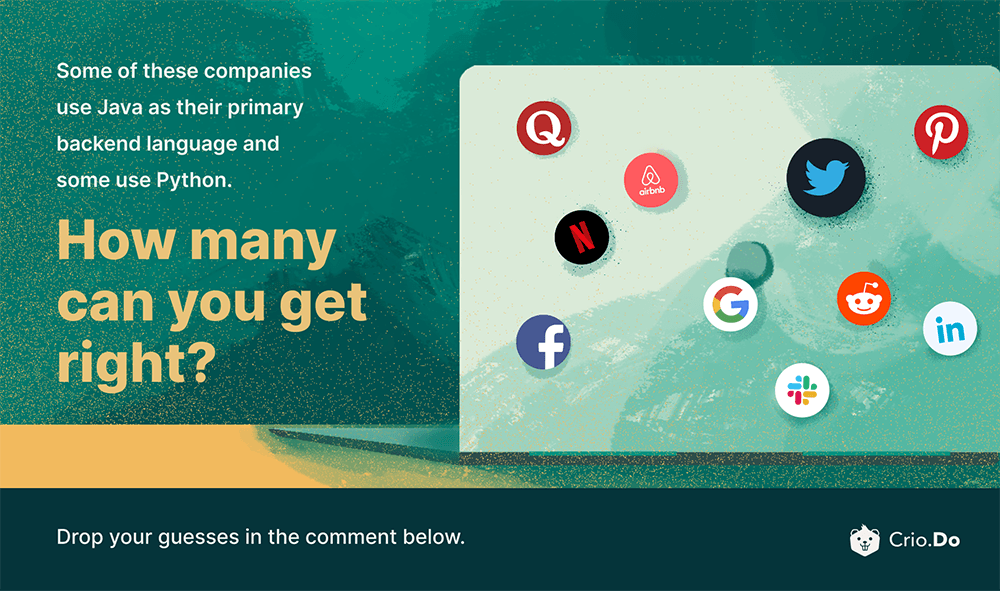Every other business today is reaching out to customers online.
Be it online shopping, ordering your favorite food, or making fast payments, web-based applications like Amazon, Swiggy, and Paytm have truly enriched our lives today. Don’t you agree?
So far, we have all been happy customers of these products. But pause for a moment and think about the future of job opportunities in software tech.
Free Resource: Download the Complete Developer Report to gain insights on the latest developer job opportunities in 2021-2022.
Let’s face it, we are progressing towards a product-driven world and the real heroes working behind the scenes of such products are growing in demand every day.
Before we jump into the details of what it takes to be a successful Back End Web developer, let’s go over the different hats a web developer can wear.
Web developer roles to play in tech
All websites we use today are essentially two parts: the frontend and the backend. Both are equally important to build a fully functional website.
So, what is the difference between Front End and Back End?
The frontend is what we see and interact with and the backend is the brain behind it. To understand this better, let’s take Netflix for example.
Frontend of Netflix
Once we log in, we get to scroll through an endless list of TV shows and movies. The elements that are visible to us such as the programs, the details we get to read before making our choice, the option to include captions, adjust the volume, etc, ensure a smooth and user-friendly experience.
Build a Netflix-like app with mentorship and get hands-on experience in web development.
Backend of Netflix
As soon as you log in, the backend fetches data from the database server and displays personalized recommendations based on your interests and previous behavior. Backend developers code the logic for such actions and play an integral role in implementing the functionality of the product.
Want to build the backend of a Netflix-like app by yourself? Check this out →
It is clear that both the frontend and backend come together in building a fully functional website.
But can a web developer do both?
Full stack web developers are the complete package with knowledge in both frontend and backend development.
For this, you must have proficient knowledge in a sought after tech stacks such MEAN, MERN, LAMP, etc.
MEAN: MongoDB, Express.js, AngularJS (or Angular), and Node.js
MERN: MongoDB, Express, React, Node
LAMP: Linux, Apache, MySQL, and PHP
Download the Complete Developer Report to know more about in-demand tech stacks and web frameworks used by product-based companies
MERN stack is becoming increasingly popular and is a highly recommended tech stack for those looking to pick up Java full stack developer skills.

Every aspiring web developer faces the dilemma of being a frontend developer or backend developer. This can be simplified through an analogy. Would you like to be the actor in an oscar-winning film or the director?
Both play their parts in entertaining the audience. The actor brings a story to life, which is what we see on screen. Whereas it is the director, behind the camera, creating the story.
If you are a logical thinker, passionate about coding, and don’t mind working behind the scenes to create impactful solutions, backend development is made just for you.
What does a backend developer do?
Backend developers are in charge of the proper functioning of a web application. They write logical code to implement the functionality and enhance the speed and efficiency of a web app.
This means that a backend developer is responsible for:
- Implementation of the backend web architecture that comprises servers, databases, operating systems.
- Handling client requests with APIs.
- Managing database(s) and caching.
- Creating the business logic to run the application.
- Troubleshooting performance bottlenecks using scientific debugging.
- Build reusable code and libraries for future use.
- Optimizing functionality, page loading speed, and scalability of the application.
- Improving site infrastructure with timely enhancements and upgrades.
Blog Bonus: 20+ unique projects to sharpen your development skills - Start building right away (free)
Backend developer skills
Skill #1 Programming language and backend frameworks
It goes without saying that to be a skilled backend developer, it is crucial to master a programming language. The backend code written in a specific language is used to communicate with the frontend of the web application.
Along with programming language, backend frameworks are an integral part of web development. They enable you to organize your code in a structured way and improve efficiency by reducing repetitive work (we love this, don’t we?)
Download Report: Web Frameworks to be familiar with in 2021-2022
Based on your preferred language, you can choose from a variety of existing frameworks to build your web application.
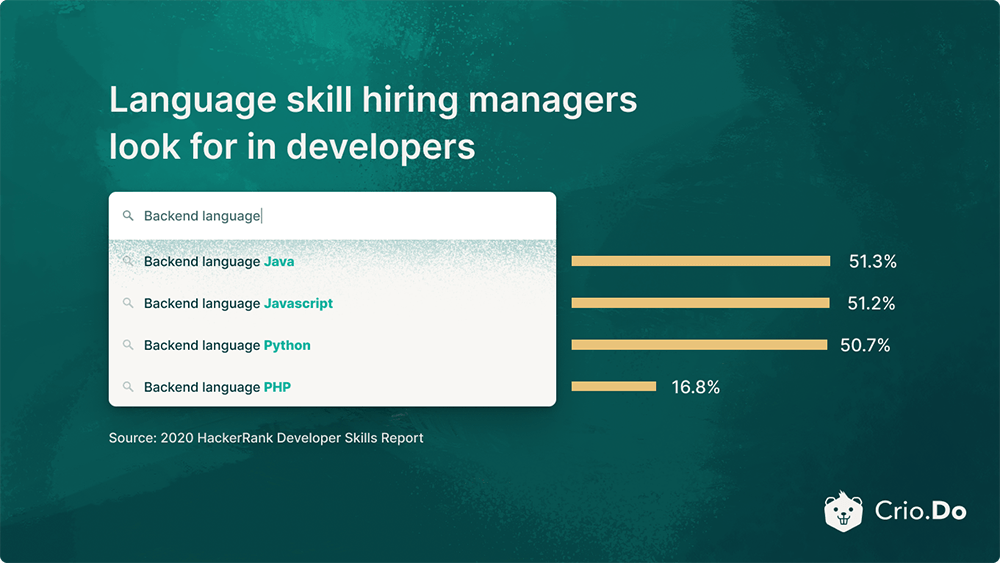
Find Out The Most In-Demand Programming Languages 2021 - Download Report
Java
With a widely supported open-source ecosystem, Java is the most relevant backend language used by several product companies. This is because it is incredibly versatile and allows developers to run code on any device, from smartphones to smart cards.
If you are looking to build a career in a leading tech company, the Java developer skills you need to learn are covered in Crio’s signature Backend Web Developer Track.
By the end of this thoughtfully crafted learning track, you will not only learn Java, Jackson, REST API, Spring Boot, MongoDB, etc in a hands-on way but also walk away with 5 real world projects to showcase in your work portfolio.
Additional resources:
Free Learning Content on Crio Platform:


Spring Boot
Highly recommended to ease out dependency and kickstart new development projects in no time, Spring Boot is one of the top Java backend frameworks used for robust web application development.
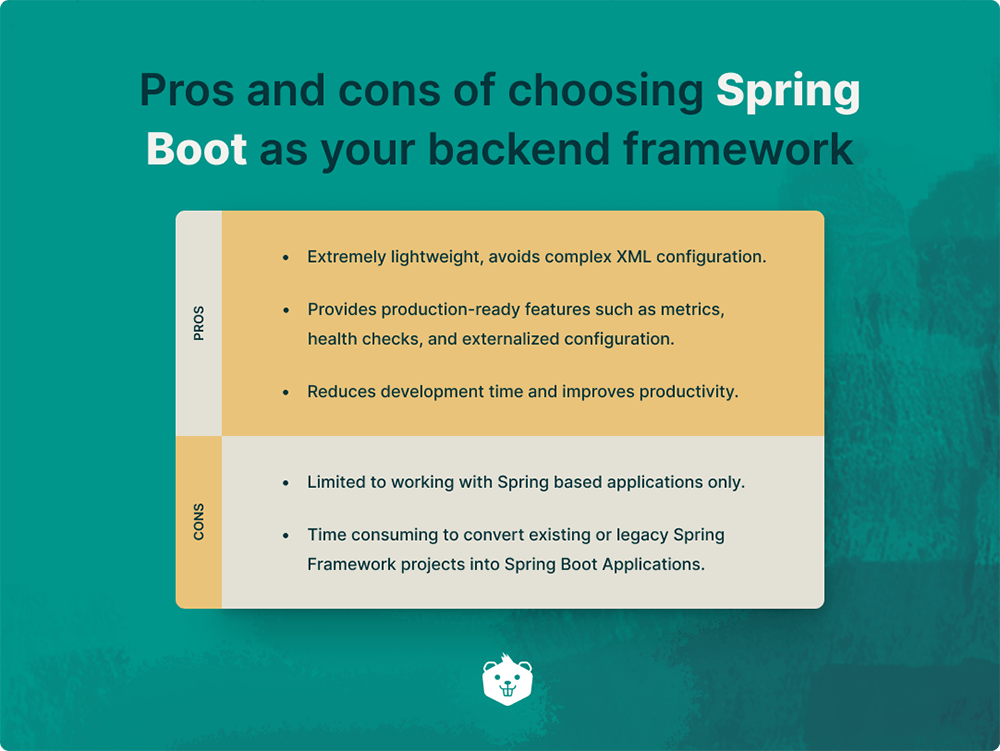
JavaScript
A huge benefit of this language is that it can be used both in frontend and backend.
If you are looking to grow as a full stack developer, there is no better time to start mastering this language as Javascript is the #1 language skill hiring managers have begun looking for since 2020.
Express
It is a web framework used in node.js (an open source server environment). This JavaScript framework is one of the most popular backend development tools in a developer's toolkit as it works seamlessly with Angular.js (frontend Javascript framework).
JavaScript Projects [free]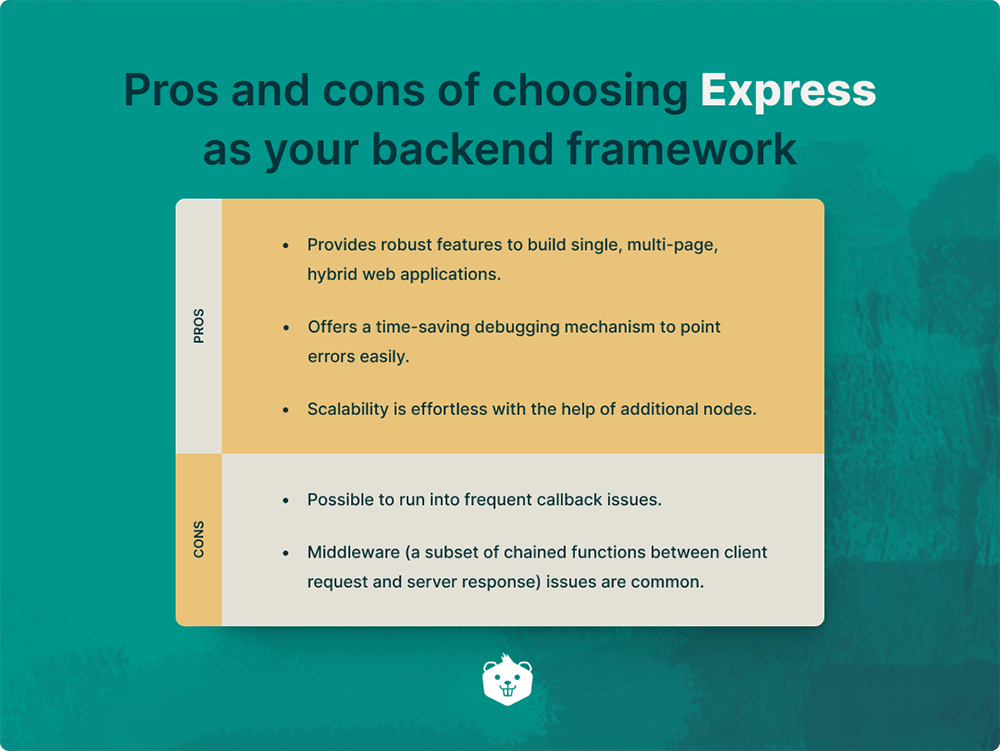
Python
Known for its simplicity, Python is a fast-growing language among developers who are just starting out.
Easy syntax and fewer lines of code put Python at a competitive advantage over other languages when it comes to efficient backend development and lighter maintenance.
Django
Highly flexible and fairly simple to use, this python framework is based on the “batteries included” approach. This means, Django provides libraries and tools to implement out-of-the-box functionalities instead of having to rely on separate libraries for the same.
Another popular Python-based framework that is equally loved and used by developers is Flask.
Free Python Projects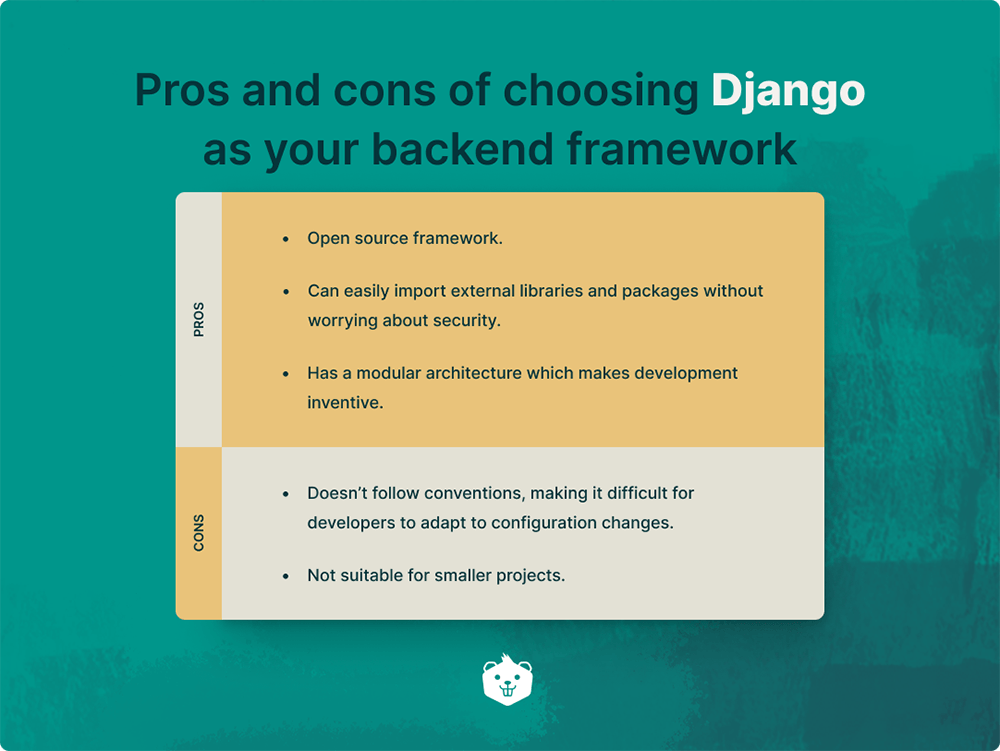
PHP
Even though there is growing competition from Python and Javascript, PHP continues to be one of the widely used backend languages.
It is a good language to get started with to build simple web pages and has plenty of automation tools for testing and deploying applications.
Laravel
A PHP framework based on the MVC architecture, it is extremely developer-friendly with extensive libraries.
PHP is used by 6.3M developers. Find out where PHP stands in comparison to JavaScript, Python, and Java - Download Report
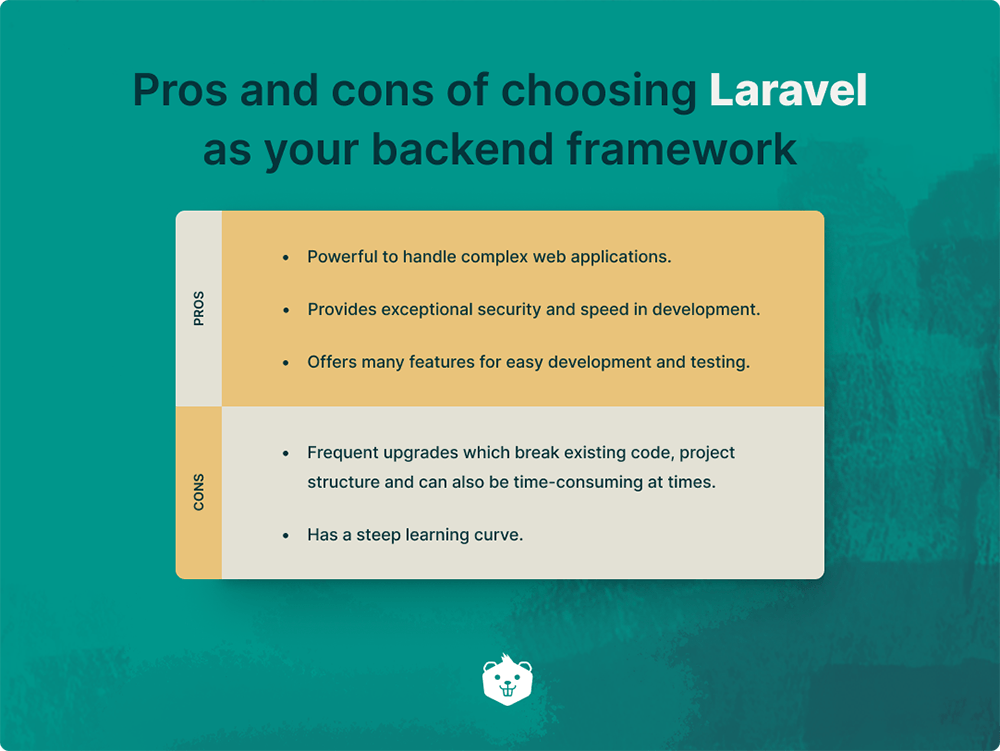
Skill #2 Database management
Databases are used to store data and save memory load of the web server. When a client makes a data request, the backend acts as a middleman to retrieve the corresponding response from the database and send it to the client. A client can also submit data to be added to the database.

As a backend software engineer, you must be familiar with database concepts to store data (MongoDB, MySQL) in the database and also caching (Redis) for quick access of data.


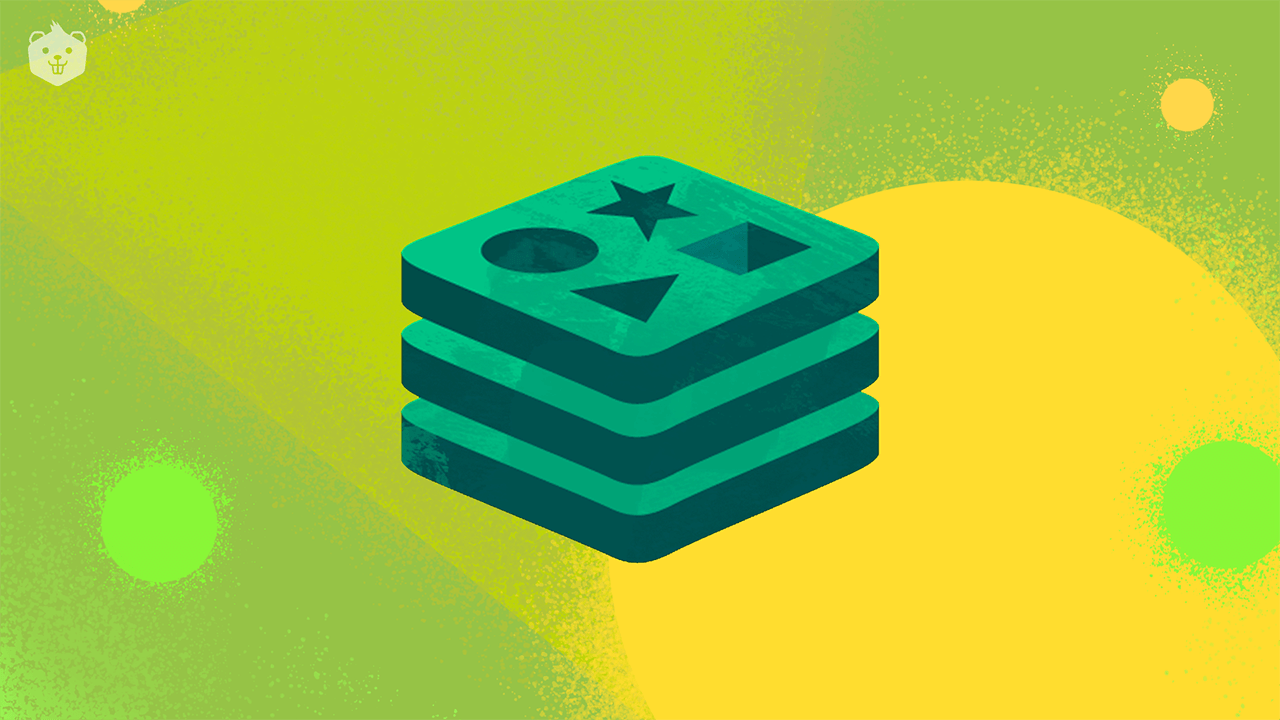
Skill #3 Handling APIs
An Application Programming Interface (API) acts as a bridge layer between two applications. It accepts incoming requests to a backend application, retrieves the relevant data and returns it in a response message.
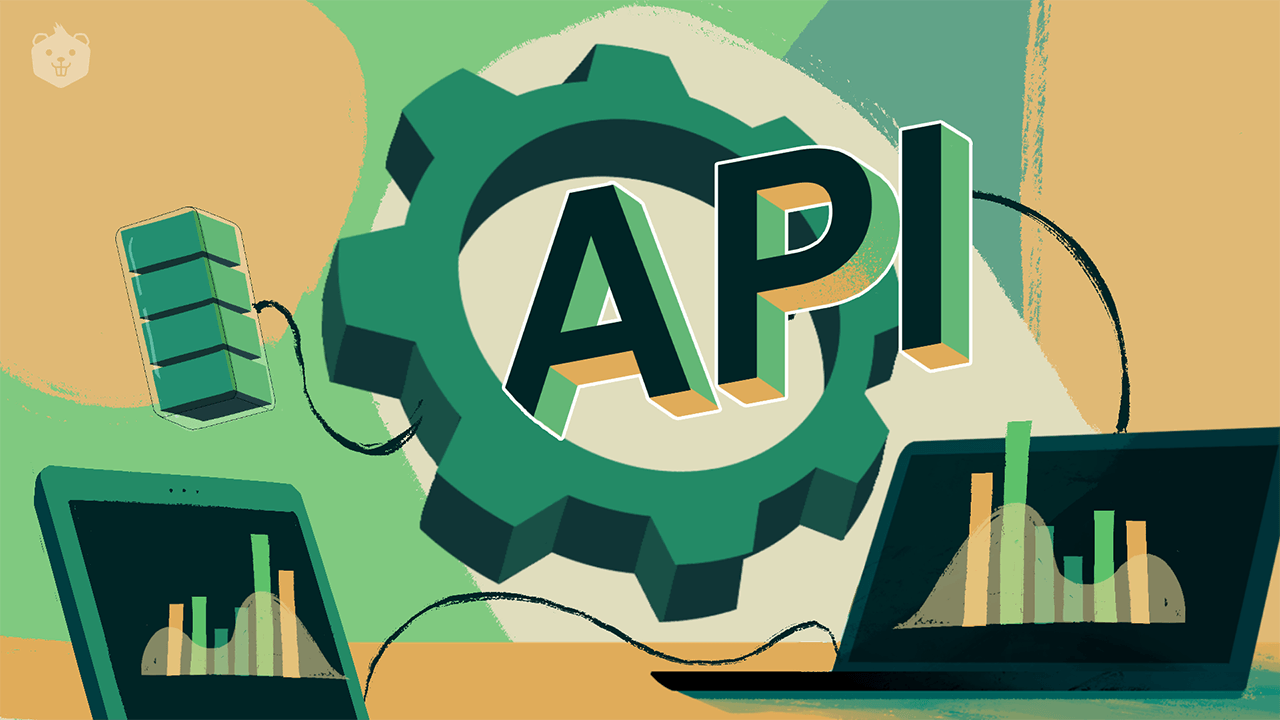
This communication is done through clearly defined HTTP methods such as:
GET: used to retrieve a resource.
DELETE: used to delete a resource.
PUT: used to create or replace a resource.
POST: used to store new resource.
Blog Bonus: 4 Fun Activities to get hands-on with APIs - Download Resource
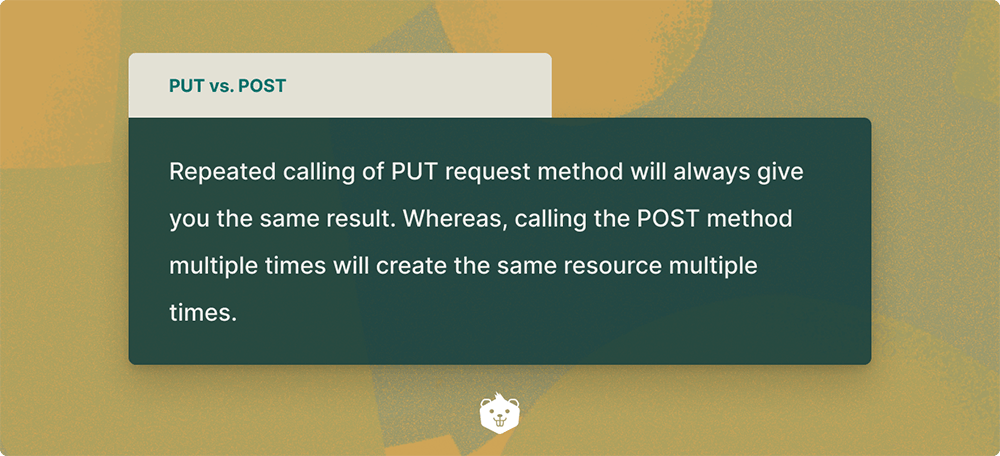
You can use APIs to fetch data for your application. For instance, if you are building a weather forecasting application, you will need real-time weather data of particular places. You can get this data from OpenWeatherMap API.
Skill #4 Version control
Software version control systems store all the previous versions of your code in repositories so that they can be accessed later. This is useful, especially when you lose some piece of your code or if a bug is introduced.
Having a software version control system like Git enables you to roll back to a previous version of the codebase.

Git also allows multiple developers to collaborate on the same project. Each developer works on their own Git branches. When features are ready to be integrated into the main application, the relevant Git branches are merged into the main branch which is then deployed to the staging servers (where all the features are tested together) and eventually to the production application servers.
Blog Bonus: Complete Cheat Sheet With 50+ Essential Git Commands
Services like Github allow online storage of Git repositories that can then be seamlessly shared with collaborators.
Become a confident backend developer
Now that you have a good idea of what you should learn, the next step is to start learning.
There are plenty of YouTube videos and popular blogs to refer to when you are learning. But the only way you will grasp backend developer skills is when you Learn by Doing.
Only when you build something on your own, you understand how the backend of a web application works.
You can do this by working on a couple of mini projects. Mini projects are a great way to deepen your programming skills and get hands-on with backend frameworks and tools you want to learn.
Don't Miss! Best web development project ideas - FREE Download
Learning backend development is not an overnight task. It is undoubtedly challenging to grasp concepts at the very first go especially when you are learning the skills on your own.
If you are looking for guided projects to learn essential backend web development skills, Crio's backend web developer track might be perfect for you. Through the track, you will go through real world backend developer experiences to master core skills like Java, OOP, REST API, MongoDB, etc and apply your learning in 5+ industry-relevant projects.
Check out Crio’s Backend Developer ProgramPro tips, from one developer to another
- Don’t wait till you learn enough theory before starting a project.
- Leverage GitHub to learn more from other developers. Study their code and analyze how they went about solving technical challenges similar to your case.
- Be patient with yourself. Bugs in your code make you a better problem solver. Use scientific debugging principles to narrow down your challenges.
- Go through what other developers have to say in forums like Stackoverflow.
Summary
Before you leave, here is a recap of the Top 10 takeaways from this article:
- Web developers wear many hats in building a fully functional web-based product:
-
Frontend developers ensure a smooth and user-friendly experience. -
Backend developers implement the core functionality of the product. -
Full stack developers have knowledge of both frontend and backend technologies.
- If you love to solve problems, create impactful solutions, and pursue your passion for programming, backend development is meant just for you.
- Backend developers write logical code that is responsible for the optimal functionality, speed, and efficiency of an application.
- It is crucial to master a programming language and have proficient knowledge of the backend frameworks that come with it.
- Backend developers must be know how to store and collect data from a database and communicate it to the client side of the server.
- For this, it is also important to have a sound knowledge of handling APIs and the HTTP protocols to make this communication possible.
- To work in a real world setting, backend developers must be acquainted with version control like Git to organize code systematically and collaborate with other teams.
- To learn and fully grasp backend development skills, you must practically apply your skills (Learn by Doing).
- Mini projects are a great way to learn and apply backend development skills.
- Don’t wait till you learn enough theory to get started with projects. Start working on projects and learn on the go. If you don’t know where to start, check this out to get a sense of a backend developer’s experience in the real world.
Don’t miss these additional blog resources:
The Complete Developer Report 2021
100+ Linux Commands Cheat Sheet
Handbook with 20+ mini projects for all web developers
Further reading
Java: Create a simple application with Spring Boot
Python: Create a simple application with Django
SQL Essentials: Practice SQL queries online
List of 100+ web development blogs
Before you leave..
